Interview: Matthew Brandt
The experimental photographer makes images combining acid burnouts, velvet and cocaine
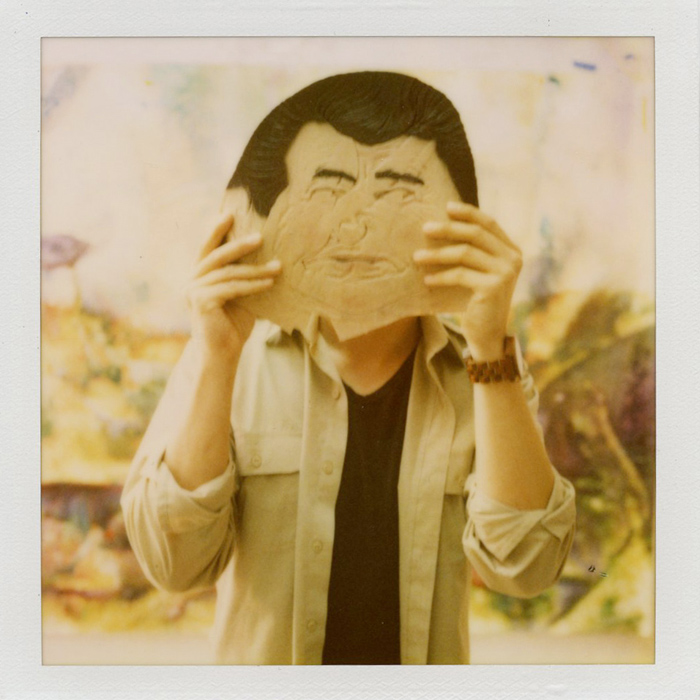
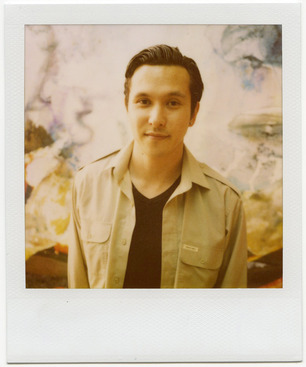
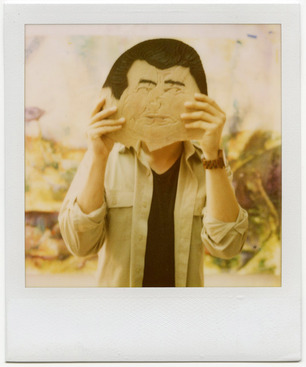
While his imagesmade from bubblegum, honeybees and toothpastequickly grabbed the attention of collectors and curators worldwide, LA-based artist Matthew Brandt continued to explore the potential of other curious media in order to challenge the boundaries of what can be understood and accepted as photographic. With a recent show called “Velvet and Bubble Wrap” at LA’s M+B gallery, his first solo museum show”Sticky/Dusty/Wet”at the Columbus Museum of Art, and an upcoming show at NYC’s Yossi Milo Gallery, there is plenty of opportunity to see what this enthusiastic young artist will tackle next. We caught up with Brandt in his Hollywood studio to talk about his process, and to do some collaborative manipulations on a stash of vintage Polaroid film.
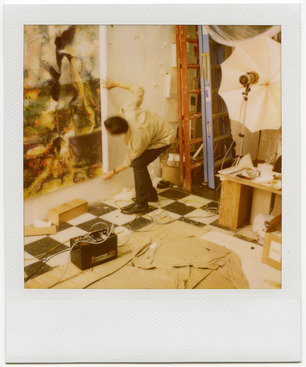
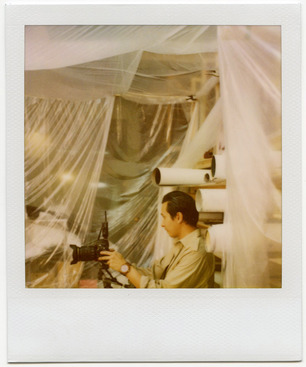
Your studio has a wonderful history. Can you tell me about it?
My studio is in a large concrete complex in Hollywood. It was built to manufacture Technicolor film. There are a lot of strange and peculiar architectural details that were once useful for specific manufacturing purposes, but are now just strange architectural anomalies. My studio is very spacious, but only has a few small squares in the ceiling to let light in. This is bad because I mostly work under fluorescent lighting, but is great for a simple means to block out light and turn the entire space into a dark room.
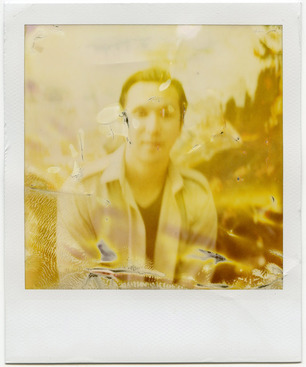
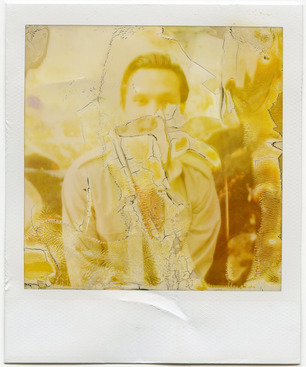
When I first saw your photographs of lakeswhich had been deconstructed by soaking them in the lake waterI thought, “This guy is really changing the game!” By integrating the subject of the photograph into the photograph itself, you found a way to bring some of the magic back into the medium that is being lost through digitization. Do you think that part of your success comes from the fact that your reconnect people with the magic of the photographic process?
It seemed like a very logical step/process to integrate the photographic subject into making his or her own images. I felt a particular responsibility for representing the subject faithfully. There is always a burden with representation, collaborating with the material of the subjects themselves in making their pictures was one way to alleviate some of this guilt.
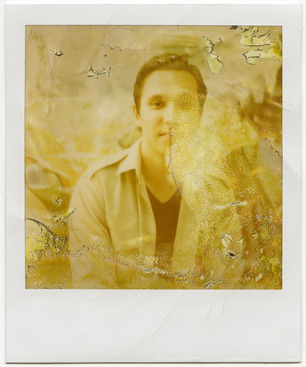
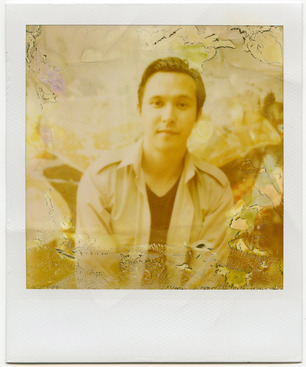
You’ve made pictures out of bees and dust and bubblegum and cocaineyou embrace the history and the alchemy of making a photograph in a way that is often brushed aside by many other young artists working in the medium. What’s the appeal in playing the “mad scientist”?
Since photographys birth, photographers have been tinkering and utilizing any means possible to make a picture. There were no streamlined industrialized go-to ingredients necessarily, and photographers were also chemists, tinkerers and mad scientistsjust figuring out what does what. There are still many technical mysteries within historical photographic processes that are unknown as to how and why it happens.
For example, the rare occasion that daguerreotypes depict color.
I like exploring this idea in thinking about how images are made physically. And this relationship within this terrain of the photographic index (that of the visual and the material index) interests me very much.
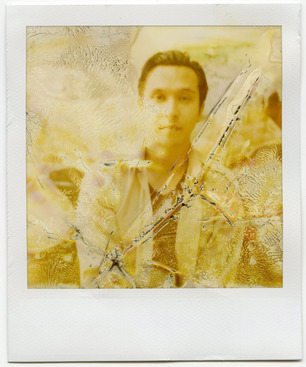
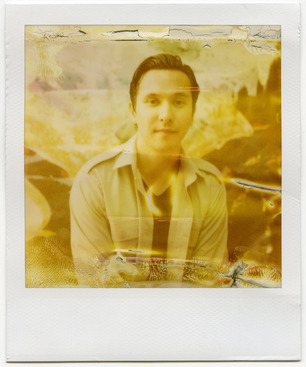
What new processes are you trying to figure out?What will we be seeing from you in your upcoming show?
This spring at Yossi Milo gallery, I will be dipping far into photo history by showing heliographs. A heliograph is the very first fixed photograph, made by Niepce in the late 1700s.
Matthew Brandt’s show at NYC’s Yossi Milo Gallery opens March 13, 2014.
Photos by Jonah Samson and Matthew Brandt









